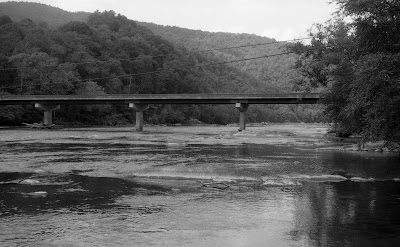Over the years, I have handled a few of Agfa’s 35mm cameras. It’s a safe bet to say that many are not memorable, and like other German camera companies, their camera names are often confusing, and seem to be variants of a few standard names, such as Isolette. Isoflash, Isola, Iso-Rapid, Isolar, Isoly, Isomat, and Isorette. Or, it could be Silette. Super Silette, Solina, Super Solina, or Solinette. In the case of the Silette, it was a series of metal-bodied 35mm cameras with scale focus, with a number of incremental changes in models dating from the original Silette (Type 1) which appeared in 1953, to the Silette LK Sensor, which was the last model, dating from 1973. According to McKeown’s 12th edition, there were 33 different Silette models. I’ll be focusing on the model that I have, the Silette (Type 1) which was introduced in 1953 - 71 years ago! That only seems like a long time when I think about it.
The Silette (Type 1) has a central viewfinder that sits above the 45mm Color-Apotar 45mm f/2.8 lens in a Pronto shutter. The shutter speeds are B, 1/25, 1/50, 1/100 and 1/200 sec, and the lens apertures range from f/2.8 to f/16. Close focus is just under 3 feet, and you set the focus by turning the front of the lens. There is no rangefinder and no light meter. The Silette models were designed to be low-cost but very usable 35mm cameras. The Super Silette models have coupled rangefinders, and the design is otherwise similar to the Silette cameras produced at that time. So, the Super Silette of 1955 looks very much like the Silette here. The Super Silette LK (1959) looks very much like the Silette LK of 1963.
My Silette came to me in pretty good condition, and still had a recent roll of Arista.edu Ultra 200 (Fomapan 200) loaded inside. I finished the roll (about half) in the course of a few days, and then developed the film and scanned it on my Epson V700 scanner.
Likes
This is not a complicated camera. It’s a very straightforward design that incorporates the controls around the rim of the lens, which is pretty standard for many cameras of that period. There is no hot shoe for flash, but there is a cold shoe on top and a PC flash socket on the front of the camera. I like the single-stroke film advance lever that sits flush with the rear of the camera. The shutter will fire only if the film has been advanced. The shutter button accepts a standard cable release. The film counter advances upward as you wind. There is a tripod socket on the bottom, and the rewind release is quite obvious. The camera fits well in my hands. It’s not terribly different from the Kodak Retinette models from the same era.
Dislikes
I’m not a fan of the small rear eyepiece of the viewfinder, as I wear glasses. You have to manually reset the film counter after you are finished with the roll. There are no strap lugs on the body.
Results from this camera
Overall, I was happy with my results. Yes, this is a fairly simple 35mm camera, but it does a pretty decent job with what I was shooting. If you can be as accurate as possible with your zone focusing, you’ll have good results. I didn’t find the narrow range of shutter speeds to be a problem. For most films, this will be just fine.
The 2012 price list in McKeown’s catalog is $15-30, which probably has not changed much. If I had the choice between the Silette and a Kodak H35 plastic camera with a single shutter speed, the Silette would be the easy choice. I see a range of Silettes sold on eBay, with final prices going from $10.50 to $50.00. If you find one of these in working condition at a decent price, you’ll be pleased at how easy they are to use.

















No comments:
Post a Comment